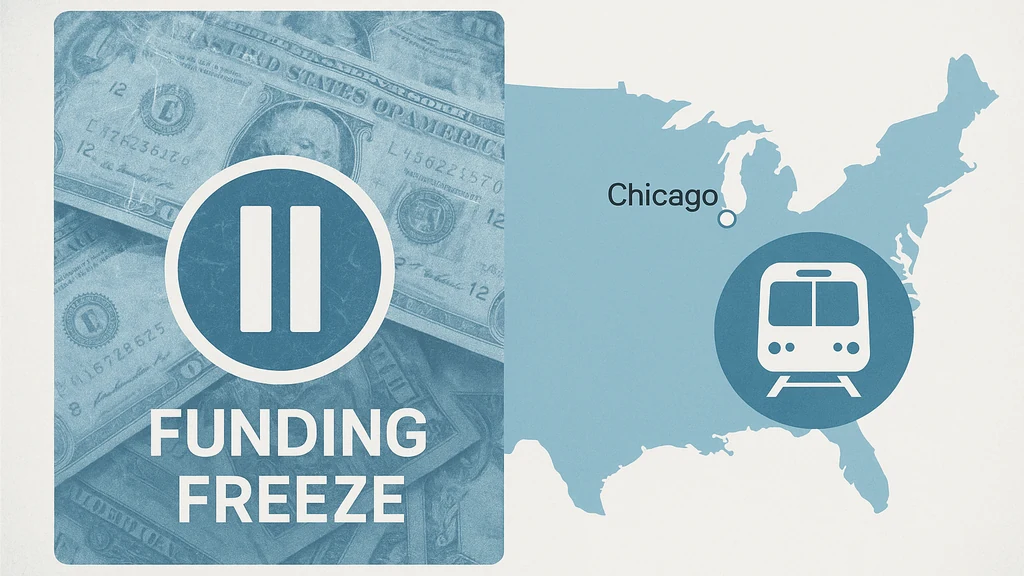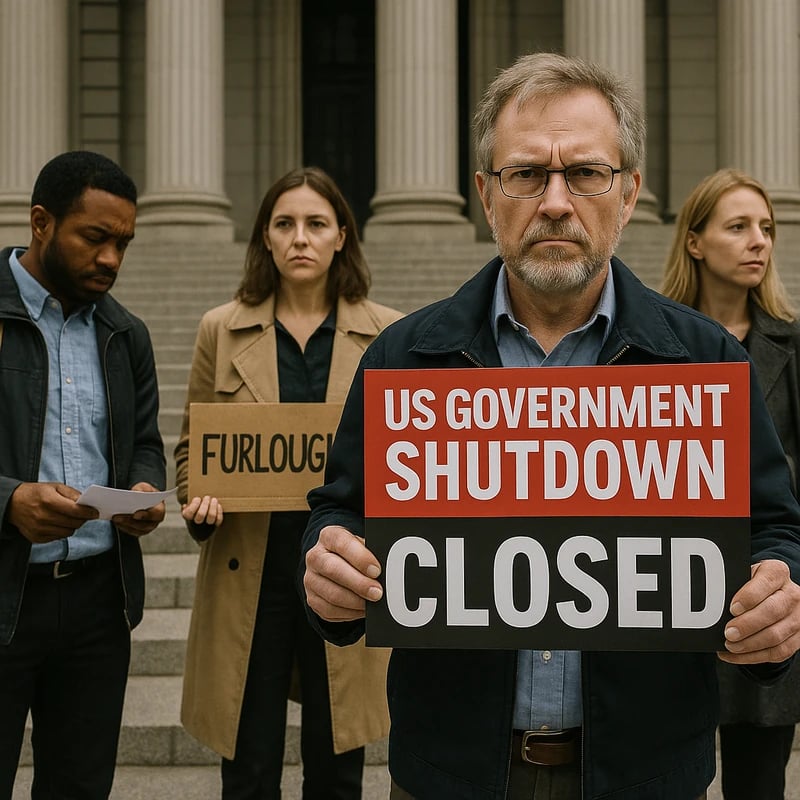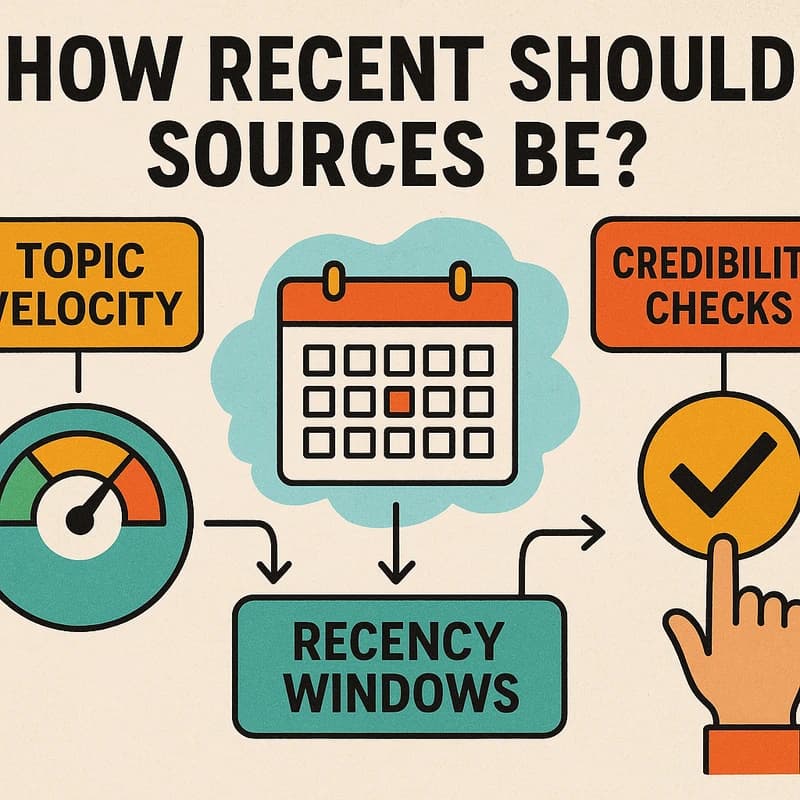US government shutdown disrupts services and furloughs hundreds of thousands. Discover who's affected, the risks ahead, and how to stay informed today.
Quick Answer
The US government shutdown has escalated, with the White House freezing roughly $26–$28 billion in federal funds aimed at Democratic‑led states. The move, described as a high‑stakes bargaining tactic, has sparked bipartisan warnings about political and practical risks. Hundreds of thousands of federal workers are furloughed and essential services continue only in a limited form, while talks in Congress stall. This is the latest chapter in a prolonged funding standoff.
Key Takeaway: A funding freeze at the center of a political standoff is disrupting services, furloughs are rising, and negotiations are at a standstill.
Complete Guide to US government shutdown
A government shutdown happens when Congress and the White House cannot agree on funding for the federal government, causing nonessential operations to halt. In October 2025, the situation intensified as the administration paused billions in appropriations directed toward Democratic‑led states, a strategy that has widened intra‑party tensions and complicated negotiations across both chambers. The current crisis blends budget mechanics, political posturing, and real‑world consequences for workers, contractors, and the public.
-
What the funding freeze means in practice: The administration has frozen about $26–$28 billion, targeting programs and grants that flow through the budget cycle. Some of this money was earmarked for clean‑energy initiatives and a major transit project in Chicago, emphasizing the political optics of the move as much as its fiscal impact. This is not a mere lapse in payroll; it reshapes program delivery and state‑level planning.

-
Who is impacted: The immediate effect is felt by federal workers who are furloughed, contractors whose payments are delayed, and state programs that depend on federal matching funds. Essential personnel keep vital operations going, but even they face uncertainty around pay and shift changes as the stalemate continues.
-
The political dynamics: The White House and Democratic leadership portray the freeze as a pressure tactic in a broader budget fight, while centrist Republicans warn that the approach risks public services and bipartisan trust. The standoff has become a focal point inside the GOP as lawmakers weigh a potential off‑ramp that could preserve some funding while opening space for negotiation.
-
Immediate service disruptions: Agencies are prioritizing essential services, leaving many public services on hold or reduced. Publicly visible impacts include delayed grant approvals, slowed infrastructure projects, and longer wait times for certain benefits and permits.
-
The broader fiscal context: This shutdown comes amid a larger budget and debt‑policy debate. It sits at the intersection of appropriations deadlines, continuing resolutions, and the political calculation about who bears the blame for an extended funding lapse. Expect continued maneuvering around CRs, veto threats, and possible temporary stopgaps as negotiations continue.
-
Timeline and uncertainty: The timeline remains fluid. Without a bipartisan agreement or a temporary funding bill, further furloughs and deeper service disruptions are plausible. The political calendar—up to mid‑term elections and ongoing budget fights—heightens the stakes for both sides.
-
Related topics for internal linking: appropriations process, continuing resolutions, debt ceiling negotiations, budget reconciliation, OMB budget control, federal grants administration.
-
Key Takeaway: The funding freeze is not just a pause in dollars; it’s a high‑stakes, high‑visibility tactic that reshapes policy delivery and raises questions about how the government balances fiscal policy with governance.
Why This Matters
The current government shutdown isn’t just a headline—it reshapes the daily lives of millions and tests the resilience of the federal budget process. In the last three months, the story has evolved from a partisan dispute into a real‑world test of funding mechanisms, emergency authorities, and political risk.
-
Real‑world consequences: Furloughs are affecting hundreds of thousands of federal workers, contractors face delayed payments, and states relying on federal funds for transit, energy, and social programs are recalibrating plans. The magnitude of the funding freeze, concentrated on Democratic‑leaning states, has amplified public scrutiny and political backlash.
-
Economic and market signals: Even a partial shutdown can ripple through consumer confidence and markets, especially when tied to negotiations around the next budget round or debt management. Analysts warn that extended pauses in federal funding can disrupt hiring, procurement, and public service delivery, with ripple effects across local economies.
-
Political dynamics: Centrist Republicans worry that a prolonged partisan shutdown could erode trust and complicate future cross‑aisle compromises. At the same time, Democratic leadership argues that the freeze is a leverage tool in a broader fight over spending and policy outcomes.
-
Recent developments and trends: The shutdown has intensified debates about the executive‑legislative balance, the use of targeted funding cuts, and the political viability of off‑ramps that preserve essential services while allowing lawmakers to avert a broader crisis. Policymakers are watching for any movement on a bipartisan framework or a temporary funding measure that could reset the clock.
-
Public sentiment and accountability: Public warnings from lawmakers, economists, and watchdogs reflect concern about how long the shutdown could last and how deeply it could affect vulnerable programs, especially in energy, transportation, and public safety. Media coverage has kept this at the center of real‑time news cycles, influencing both voter perception and congressional strategy.
-
Key Takeaway: The why‑now of this shutdown hinges on political strategy, fiscal discipline, and the evolving cost to public services. The longer the standoff lasts, the greater the pressure on both sides to produce a credible resolution.
-
Related topics for internal linking: public service delivery during a shutdown, federal payroll and benefits, energy grant programs, major infrastructure funding, departmental contingency planning.
People Also Ask
What is a government shutdown?
A government shutdown occurs when Congress fails to pass funding legislation or a continuing resolution, forcing nonessential government operations to close or scale back. Essential services continue, but many programs stop until funding is restored. The current crisis highlights how a targeted funding freeze can expand the impact beyond typical budget gaps.
Key Takeaway: A shutdown disrupts nonessential federal work, with limited continuity for critical functions.
Why is the US government shutdown happening in 2025?
The shutdown stems from an impasse over funding levels and policy priorities, with the White House freezing billions in funds to Democratic‑led states as leverage in budget talks. This tactic coincides with partisan pressure around spending, the debt ceiling, and a path to bipartisan compromise.
Key Takeaway: The shutdown is as much about strategy and leverage as it is about dollars and programs.
Which agencies are most affected by a shutdown?
Agencies tied to discretionary spending and grant programs, especially those reliant on annual appropriations, are most affected. Public health, energy, transportation, and domestic aid programs often see the first‑line disruptions, while some security and public safety functions continue with reduced operations.
Key Takeaway: Discretionary programs and grant‑dependent agencies bear the brunt, while essential services persist.
How long can a government shutdown last?
Shutdown duration is uncertain and hinges on political negotiation, budget timing, and the willingness to compromise. Historically, shutdowns have ranged from a few days to several weeks, with longer interruptions increasing economic and social disruption.
Key Takeaway: Length depends on congressional action and executive decisions to approve a funding measure.
When will federal employees be paid after a shutdown?
Pay timelines vary, but furloughed workers typically see compensation restored after funding is enacted or a temporary payroll solution is put in place. Delays can extend for contractors and some civilian employees whose pay is tied to continuing resolutions.
Key Takeaway: Pay restoration follows funding authorization or temporary payroll provisions.
What happens to funded programs during a shutdown?
Many programs stop or scale back during a shutdown. Grant processing slows, new contracts pause, and federally funded projects may stall, especially those reliant on annual appropriations or multi‑year funds not yet disbursed.
Key Takeaway: Ongoing and new programs face delays, creating planning and delivery challenges at the state and local level.
How can the shutdown be resolved?
Resolution requires bipartisan negotiation to pass a funding bill or continuing resolution, often followed by a longer‑term budget agreement. Off‑ramps may include targeted funding relief, policy compromises, or temporary funding while negotiations continue.
Key Takeaway: A credible resolution typically blends fiscal certainty with policy concessions that satisfy multiple stakeholders.
What is a funding freeze during a shutdown?
A funding freeze is an administrative halt on new disbursements within certain programs or departments, often used as a pressure tactic. It can be targeted (as in this case) or broader, and it typically precedes a broader funding agreement.
Key Takeaway: A funding freeze is a strategic tool that can hasten negotiations but also intensifies service disruption.
Will National Guard pay during shutdown be affected?
National Guard pay can be a concern during shutdowns if federal funding streams are paused. Guard units rely on federal funding and state co‑funding; pay timing may lag if reimbursements are delayed.
Key Takeaway: Guard pay is a critical test for how a shutdown affects military‑civilian pay lines.
Which programs are specifically impacted by the current funding freeze?
In this case, the administration has flagged clean‑energy grant programs and a major transit project in Chicago as examples of targeted cuts. Other discretionary programs across health, housing, and services may face slowing or deferral depending on continuing resolutions.
Key Takeaway: The current freeze targets high‑visibility programs, emphasizing the political calculus behind the choices.
How does this shutdown affect everyday Americans?
While some services remain functional, many nonessential operations pause, delaying permits, research funding, and community programs. Local economies can feel ripple effects through delayed contracts, reduced federal hiring, and slowed infrastructure work.
Key Takeaway: Daily life and local economies feel the impact even before a full resolution.
What happens next if the standoff continues?
If negotiations stall, lawmakers may negotiate a short‑term funding patch or a broader agreement. The White House may push for revenue and policy concessions in exchange for a longer‑term funding plan, while public pressure to restore services grows.
Key Takeaway: The near‑term path hinges on political compromise and tactical incentives.
How does a government shutdown interact with the debt ceiling?
The debt ceiling is a separate fiscal constraint. Some lawmakers view the shutdown as a bargaining chip to influence broader debt and spending debates, increasing the risk of a broader fiscal crisis if a deal remains elusive.
Key Takeaway: Shutdowns and debt policy are intertwined in political strategy, elevating urgency for a resolution.
What should concerned citizens watch for in the next 72 hours?
People should monitor new funding bills, statements from the Office of Management and Budget (OMB), committee actions, and any announced payroll or grant restoration dates. Small procedural moves can signal a potential path to resolution.
Key Takeaway: Quick, credible signals from leadership often precede breakthroughs—and avert broader disruption.
- Related topics for internal linking: continuing resolutions, payroll scheduling, federal grants administration, energy grant programs, infrastructure funding, OMB budget oversight, oversight and accountability (GAO/IG), debt ceiling policy.
Engagement note: If you’re tracking this live, imagine you’re in a branching‑path game where every decision shifts who gets paid, who gets funded, and whose districts feel the impact. The stakes aren’t fantasy; they’re people’s livelihoods and public services.
-
Final takeaway for this section: In the end, the questions aren’t just about dollars. They’re about governance, accountability, and the ability to translate granular budget choices into tangible outcomes for communities.
-
Related topics for internal linking: government accountability and transparency, federal employee benefits, public infrastructure funding, climate and energy policy funding, emergency management funding.
End of People Also Ask section.
Next steps for readers who want to act or stay informed:
-
Track official briefings from the White House and key committee chairs.
-
Review state and local government announcements about impacted programs.
-
Consider how a funding resolution could alter local budgets and service calendars.
-
Key Takeaway: The path to resolution hinges on transparent, cross‑party negotiation and credible timelines that restore funding and services while addressing core policy disagreements.
-
Related topics for internal linking: civic engagement, budget transparency, public services continuity planning, federal contracting rules, emergency funding authorities.
If you’re a reader who enjoys immersive narratives, think of this as a live‑action quest: the next update, a new proposal, or a political shift could unlock a different outcome in the saga of the US government shutdown. Each decision point carries real consequences for workers, contractors, and communities nationwide.
- Final Key Takeaway: This is a materials‑level test of governance under pressure; the outcome will shape policy choices and daily life long after the headlines fade.



